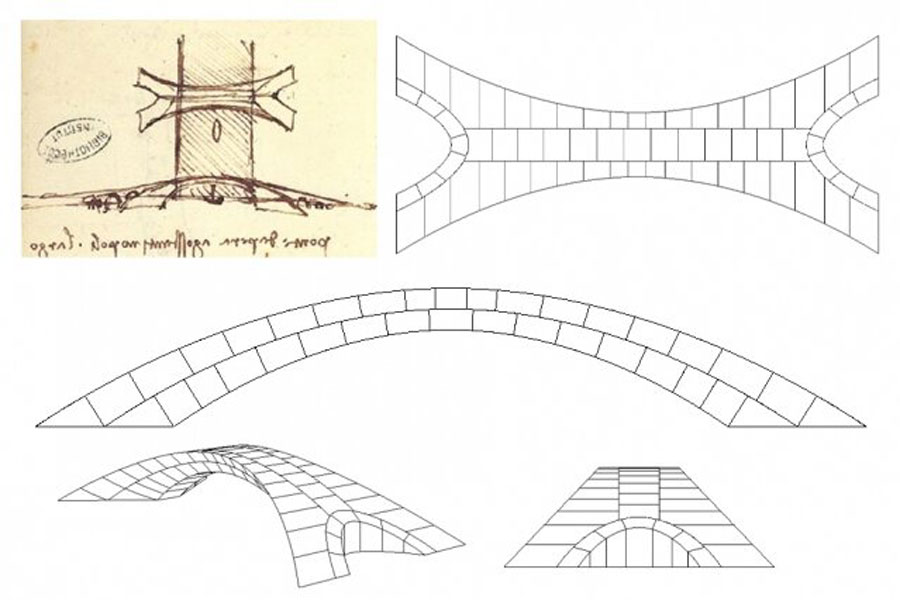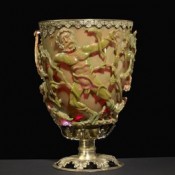Leonardo Da Vinci is famous for the ‟Mona Lisa” and the ‟Last Supper”, but in the early 16th century he designed a 218m long stone bridge for the Ottoman Empire, which would have connected Constantinople with Galatas over the Bosporus.
Had this bridge been constructed, it would not only have been the largest in the world at that time (almost ten times the length of one of the typical bridges of the period), it would have been incredibly stable. This was announced by a team of civil engineers from the Department of Architects and Civil Engineers of MIT, who studied Da Vinci’s drawings.
In 1502, Sultan Bayezid II requested proposals for such a long bridge and Leonardo was among those who presented his idea in a letter. Despite already being a very well known artist and inventor, he did not get the commission.
MIT researchers studied Da Vinci’s drawings, making a model of the bridge and taking into consideration the materials (basically stone blocks) and the equipment for construction available 500 years ago. They also made 3D prints of 126 stone blocks representative of the thousands of similar ones needed for such an ambitious construction.
It is worth noting that despite its great length, the bridge envisioned by Da Vinci was a single arch flattened on top, without any supports, high enough for tall ships to pass under it. The MIT engineers were impressed by the fact — as demonstrated by their model — that the single arched bridge was very stable thanks only to its geometry.
The bridge’s only stabilizing supports were at its two ends, possibly because Leonardo knew that the region was prone to earthquakes. MIT’s experiments with simulated earthquakes on the model showed that the bridge withstood the tremors, exhibiting only a slight distortion.
It is not known how long Da Vinci studied the bridge’s design or if, as project participant Karly Bast said ‟it was something he sketched in 50 seconds”. The first case is the most probable, according to the researcher, who presented her team’s findings at an international conference at Barcelona (the study has yet to be published in a scientific journal).
A few civil engineers in our time have constructed similar bridges but with modern materials (steel and cement), which makes their work much easier. Five hundred years ago, the bridge on the Bosporus would have been built with wooden scaffolding which would have been finally removed, leaving the stone construction supporting itself.





